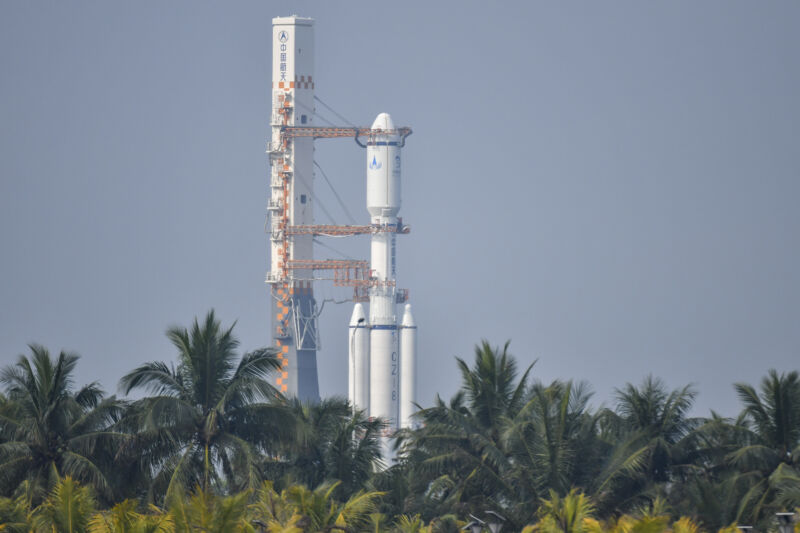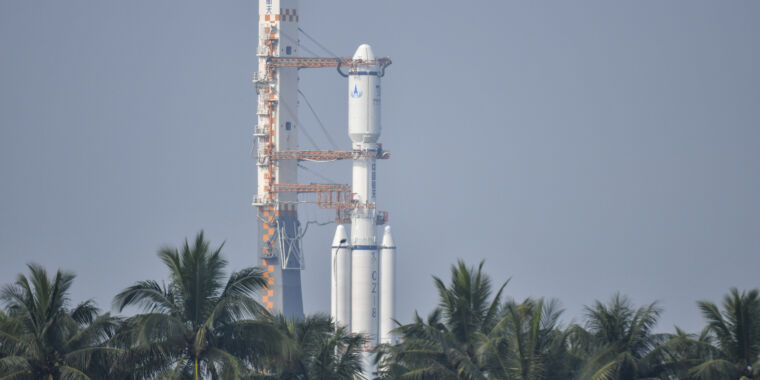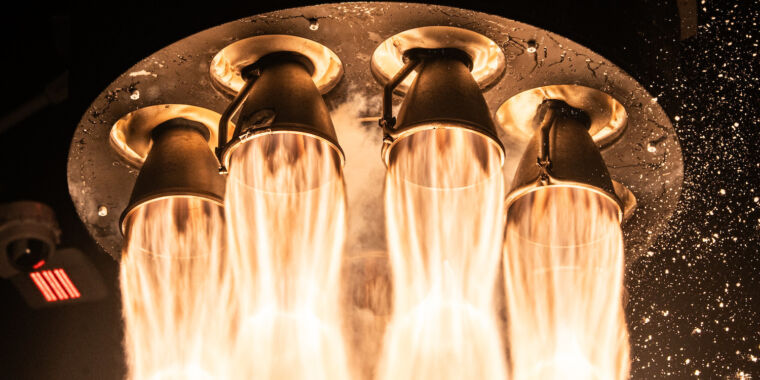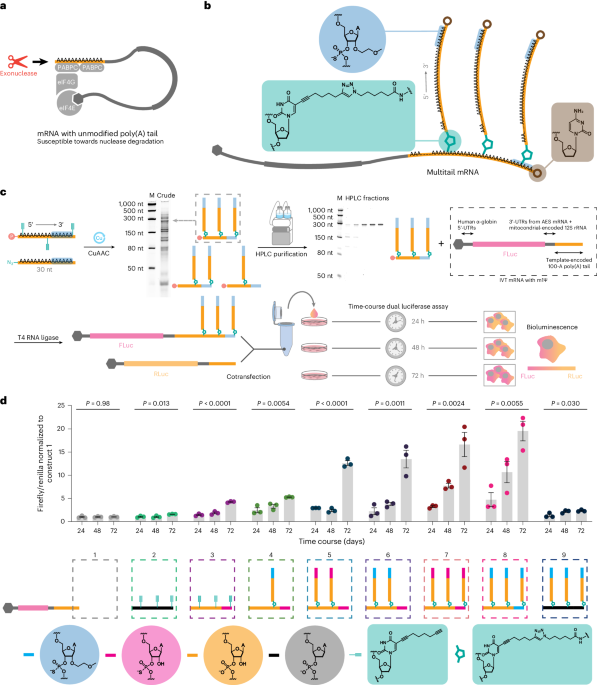[ad_1]

The next phase of China’s Moon program begins with the launch of a new data relay satellite Monday to link lunar landers and rovers on the far side of the Moon with ground controllers back on Earth.
This launch, set for approximately 8:31 pm EDT (00:31 UTC), will send China’s Queqiao-2 relay spacecraft toward the Moon, where it will enter an elliptical orbit and position itself for the arrival of China’s next robotic lunar lander, Chang’e 6, later this year.
A medium-lift Long March 8 rocket will carry the Queqiao-2 spacecraft aloft from the Wenchang launch base, located on Hainan Island in southern China. This will be the third flight of the kerosene-fueled Long March 8, one of a new generation of Chinese rockets designed to replace older Long March launcher designs burning toxic propellant.
If all goes according to plan, the Long March 8’s upper stage will deploy the Queqiao-2 spacecraft within an hour of liftoff. Queqiao-2 will then unfurl solar panels and carry out a series of thruster firings to guide itself into orbit around the Moon.
Queqiao-2 will maneuver into a stable “frozen” orbit at the Moon, minimizing fuel consumption over the course of its mission. The orientation of Queqiao-2’s elongated orbit will allow the spacecraft to loiter for hours over the landing sites Chinese officials have selected for the country’s next series of robotic Moon missions.
Two smaller satellites are also hitching a ride to the Moon on the Long March 8 rocket. One of these spacecraft is about the size of a kitchen oven, the other roughly the size of a small suitcase. Together, the Tiandu-1 and Tiandu-2 satellites will conduct inter-satellite ranging tests to validate orbit determination techniques. The results from these tests will inform Chinese engineers designing a constellation of data relay and navigation satellites that could be in place in the next decade, sort of like a lunar GPS.
Far-side operations
Scheduled for launch on a heavy-lift Long March 5 rocket in May, Chang’e 6 will be the first Chinese lunar lander to rely on the new data relay satellite. Chang’e 6 will target a landing on the Moon, collect samples, and return them to Earth, repeating the feat China accomplished with the Chang’e 5 sample return mission in 2020.
However, Chang’e 5 landed on the near side of the Moon, with direct line-of-sight communications back to Earth. China’s goal for Chang’e 6 is to gather the first rocks from the far side of the Moon and bring them back for detailed examination in labs on Earth. If successful, Chang’e 6 will be the first sample return mission from the lunar far side, adding a new class of specimens to humanity’s inventory of Moon rocks.
In 2019, China accomplished the first soft landing on the far side of the Moon with the Chang’e 4 mission, itself a near-duplicate of Chang’e 3, which landed on the near side of the Moon in 2013. China built the Chang’e 6 spacecraft as a backup for Chang’e 5.
When it landed in 2019, China’s Chang’e 4 mission used a previous data relay satellite, Queqiao-1, which launched in May 2018. Weighing more than 2,600 pounds (1.2 metric tons) fully fueled for launch, Queqiao-2 is a larger spacecraft, more than twice the mass of China’s first lunar communications relay station.
Maqvi News #Maqvi #Maqvinews #Maqvi_news #Maqvi#News #info@maqvi.com
[ad_2]
Source link

















































